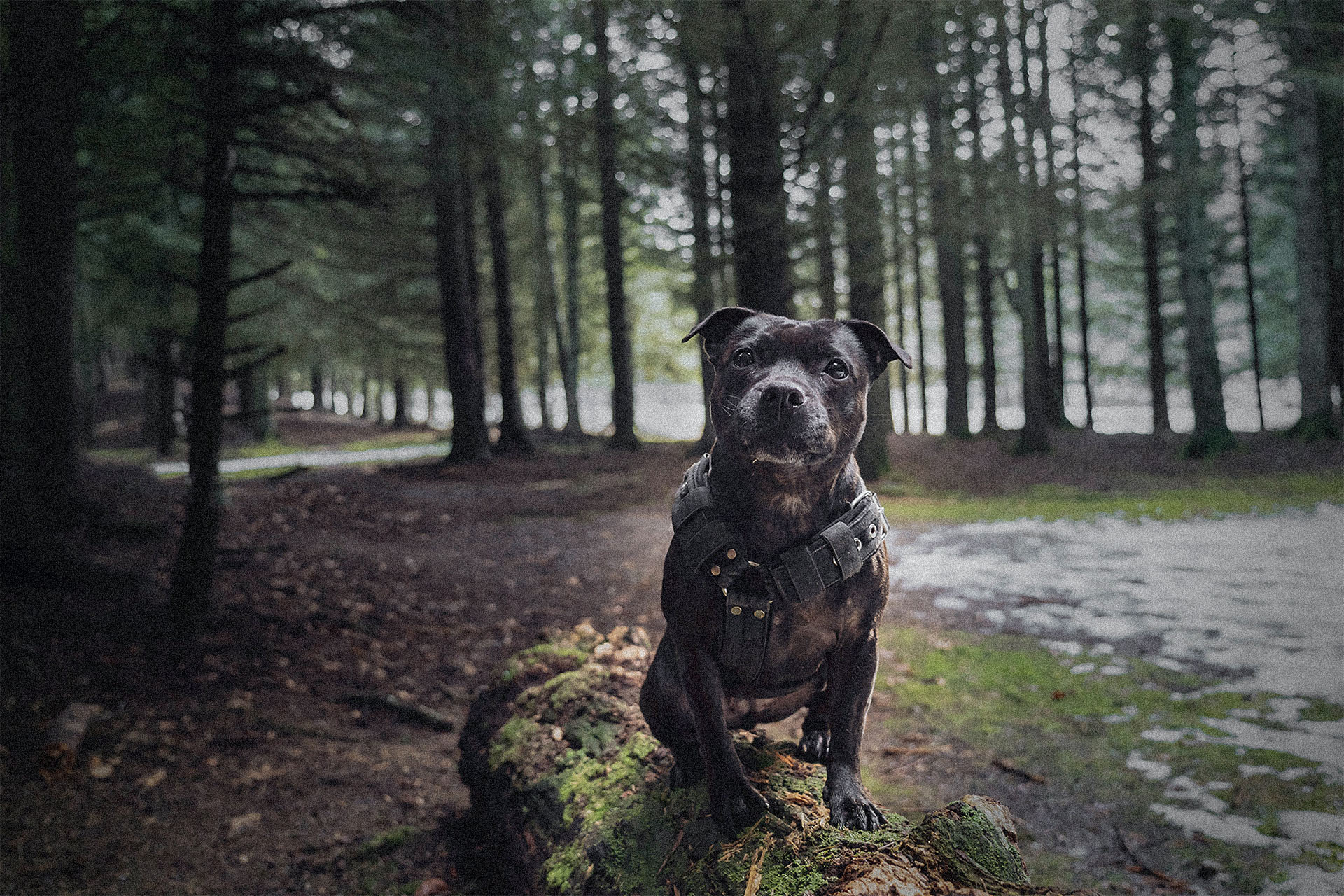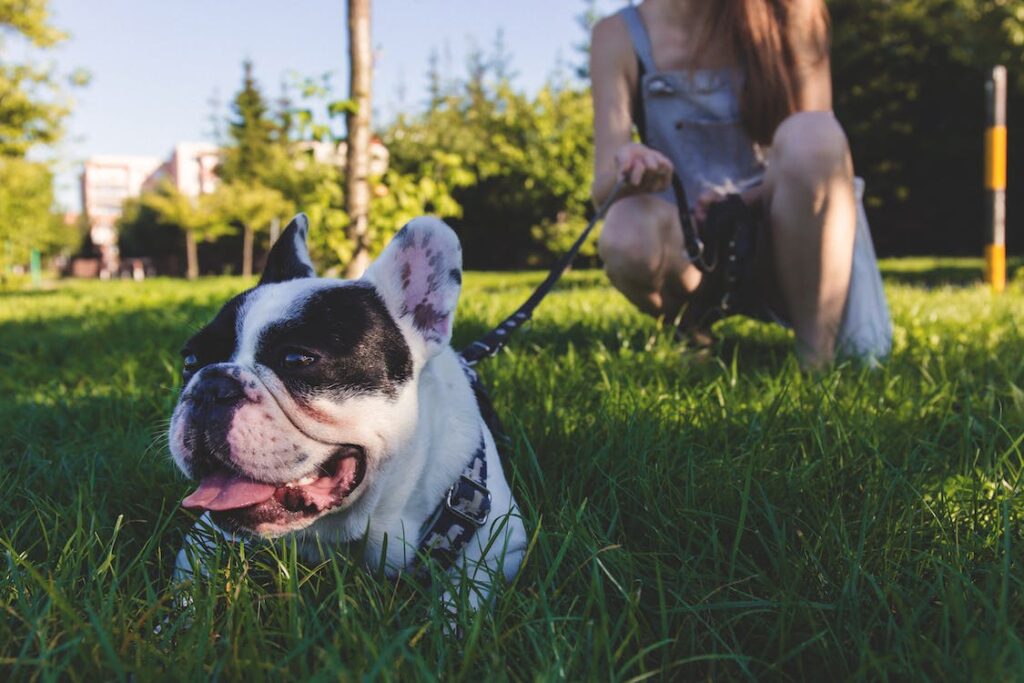How Do I Socialize My Puppy?
SHARE
What is socialization?
Socialization for dogs refers to the process of exposing them to different people, animals, environments, and experiences in a controlled and positive manner in order to help them develop into well-adjusted and confident adults. Adult dogs can still be socialized though this process should begin during a dog’s critical socialization period, which is typically between 3 and 14 weeks of age. During this time, puppies are more open to new experiences and are more likely to form positive associations with them. Socialization can help prevent behavior problems such as fear, aggression, and anxiety in dogs. It also helps dogs learn to cope with new and unfamiliar situations, making them more adaptable and enjoyable companions.
Why is socialization important?
Socialization is important for dogs because it helps them develop into well-adjusted, confident adults. A dog that has been properly socialized is more likely to have a positive relationship with their owner and be a pleasure to be around. Socialization can help prevent a variety of behavior problems, such as fear, aggression, and anxiety. It also helps dogs learn to cope with new and unfamiliar situations, making them more adaptable and enjoyable companions.
Socialization also helps dogs learn how to interact appropriately with people, animals, and other dogs. This can help them avoid conflicts and dangerous situations, as well as make them more comfortable in a variety of environments, such as public places, private homes, and unfamiliar surroundings. Socialization also helps dogs learn to accept the handling and grooming that is necessary for their overall health and well-being.
In short, socialization is an important part of a dog’s development and can greatly improve the quality of life for both the dog and their owner. The focus is NEUTRALITY.
“Socialization is an important part of a dog’s development and can greatly improve the quality of life for both the dog and their owner. The focus is NEUTRALITY.”
How do I socialize my dog?
Here are a few steps to help socialize your dog:
- Exposure: Start by exposing your dog to different people, places, and situations. This will help them learn to adapt to new environments and become more comfortable around new people.
- Controlled Settings: Take your dog to puppy training classes, which will give them the opportunity to interact with other dogs and people in a controlled environment. Small group classes are much better for a new dog.
- Different Stimuli: Gradually expose your dog to different types of people, such as children, the elderly, and people with disabilities.
- Different Locations: Take your dog to different public places, such as parks, pet stores, and on public transportation.
- Positive Reinforcement: Reward your dog with treats and praise for good behavior when they are around new people and situations. Avoid reinforcing jumping to greet.
- Ask for help: Speak to your vet and/or a professional dog trainer if you have any concerns about your dog’s behavior.
What is Exposure?
Exposure in dog socialization refers to the process of gradually exposing a dog to new people, places, animals, and situations. This is done in a controlled and positive manner to help the dog develop the skills and confidence they need to cope with the world around them. Exposure can help dogs learn to be calm, confident, and well-behaved in a variety of situations, such as visiting the veterinarian, going for a walk in a busy park, or meeting new people and dogs. Exposure doesn’t mean they directly interact, this process is more about observation first.
Exposure is a gradual process and it’s important to start with mild, low-stress situations and gradually increase the level of difficulty. For example, you may start by exposing your dog to the sound of a vacuum cleaner in the next room, then gradually bring the vacuum cleaner closer, until the dog is comfortable with the noise. Similarly, you may start by exposing your dog to a few unfamiliar people, then gradually increase the number of people and their level of interaction with the dog.
Exposure should always be positive and enjoyable for the dog. Rewarding your dog with treats, praise, and affection when they successfully complete an exposure exercise can help build their confidence and reinforce positive behavior.

